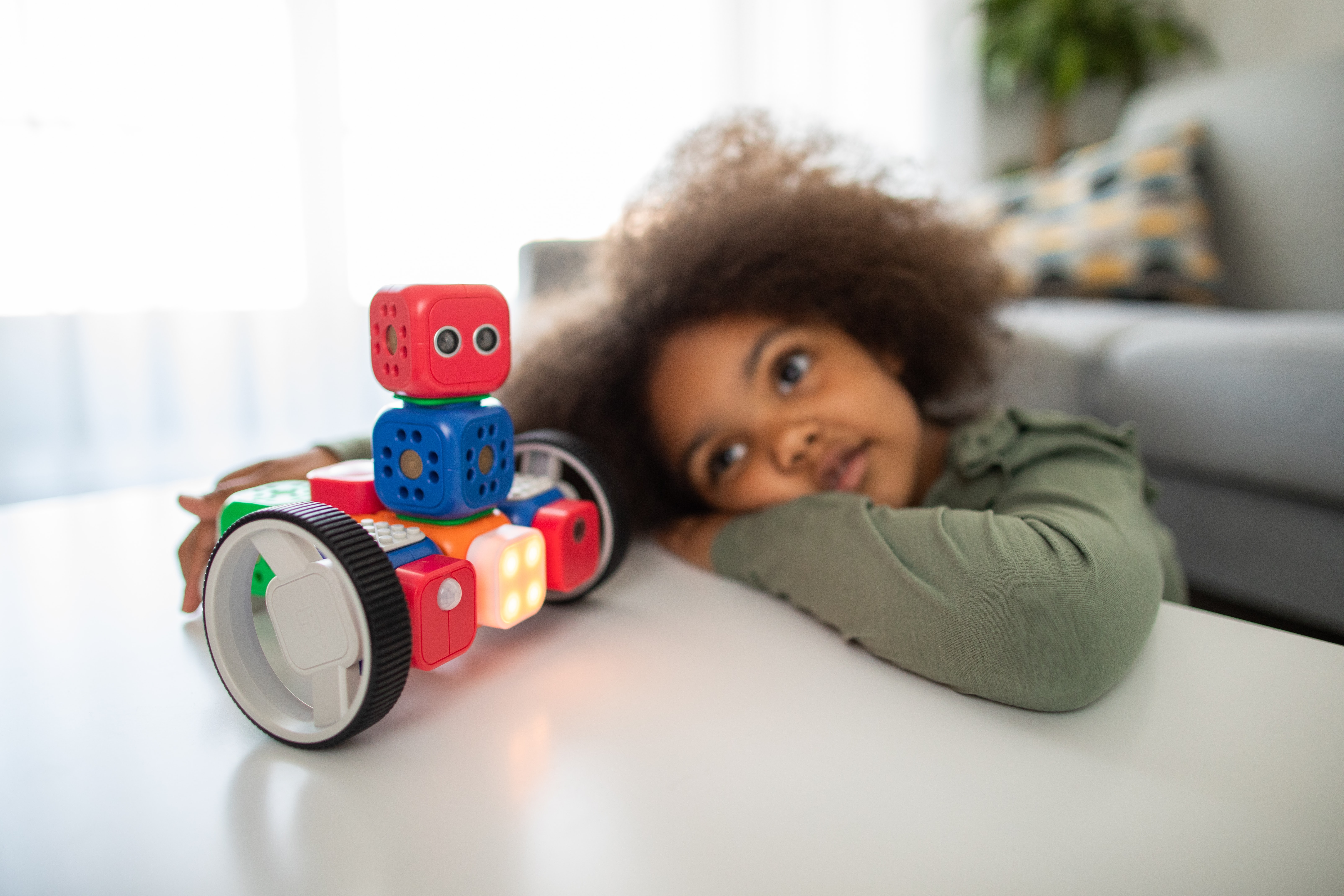By DAVID TONG
 Photo by Robo Wunderkind on Unsplash
Photo by Robo Wunderkind on Unsplash
STEM education is essential even if students don't pursue STEM careers. Here are some strategies to make it more accessible and equitable for all students.
Progress for the STEM education movement must continue to improve, especially for students in underrepresented communities hard hit by COVID-19. We know that STEM-related education holds opportunities for students, but STEM learning must become more evenly distributed.
It’s imperative that we address barriers to STEM education now so that students won’t suffer later. Here are three ways we can bring equity to STEM education.
1. Prioritize educator support
Educators, like their students, are constantly learning. If we want to support every student, we must first ensure that teachers are equipped to do so. Every educator should have access to tools and support to grow.
Engage in key topics, like STEM and interdisciplinary learning, with the all new professional development eLearning series delivering teaching strategies that focus on student-centered approaches to learning, with the goal of connecting all students – especially those from underrepresented populations – to success in school and beyond.
Teachers can take STEM instruction to the next level with these free professional development resources:
• (Re)Defining STEM: Learn how to view STEM education with an updated lens, understand the principles for effective STEM teaching and learning, and come away with concrete strategies and activities that can transform student learning no matter the discipline.
• NASA STEM Resources for K-12 Educators: Access educator guides, lessons, activities, student internship opportunities and more through the NASA STEM Engagement & Educator Professional Development Collaborative.
• Interdisciplinary Learning – Making Connections: Discover teaching strategies that focus on interdisciplinary approaches to learning, with the goal of preparing students for success in the global workforce.
• National Science Teaching Association (NSTA) Web Seminars: Interact with nationally acclaimed experts, NSTA Press authors, scientists, engineers and education specialists during virtual professional learning experiences.
Instructional strategies like differentiated instruction, interdisciplinary learning, and a focus on social and emotional learning are research-backed ways to help students grow.
Mix and match the resources or do them all together to build resilient and dynamic teaching strategies that empower all students towards success. By using these strategies in STEM instruction, we can avoid alienating students and instead, help them learn.
2. Bring college and career preparation into the classroom
It’s important that we are preparing every student for the future and helping them create a plan for college and/or career. It’s important to remember that some learners may be the first in their family to pursue college, which can feel daunting. Providing families with information about preparing for college, such as how to apply for scholarships and student aid, as well as details about the admissions process is a great way to get started.
Students should have opportunities to find their passion before deciding on a specific path. Activities like College Blueprint help students learn the basics of college access, exploration, the application process and paying for college at their own pace.
If we want to remove inequities in STEM, we must start with how we are helping students prepare for their futures. Through empathy, dedication and support, we can help more students pursue their dreams.
3. Provide accessible STEM lessons
For STEM education to be effective, it needs to be accessible. We can engage more students by including relatable activities both inside and outside of classrooms. I’m inspired by principal Marcia Reed, an advocate for accessible STEM, who explains:
“By exposing students to STEM and giving them opportunities to explore the field in a fun and engaging way, we help them achieve higher math and reading scores. But, there are benefits to being exposed to STEM in the classroom beyond test scores, such as improved problem-solving skills, creativity, mental alertness, and teamwork and collaboration. As leaders, we must ensure that every student has a chance to reap these benefits.”
Take time to check in with students to see how they are feeling and ask how you may be able to offer additional support. Compile a list of free STEM resources. Encourage students to learn more about STEM and reinforce the idea that they can do it. During these challenging and unique times, let’s work together to bring equity to STEM education and close the gap.
Discover more about STEM with RobotLAB!



